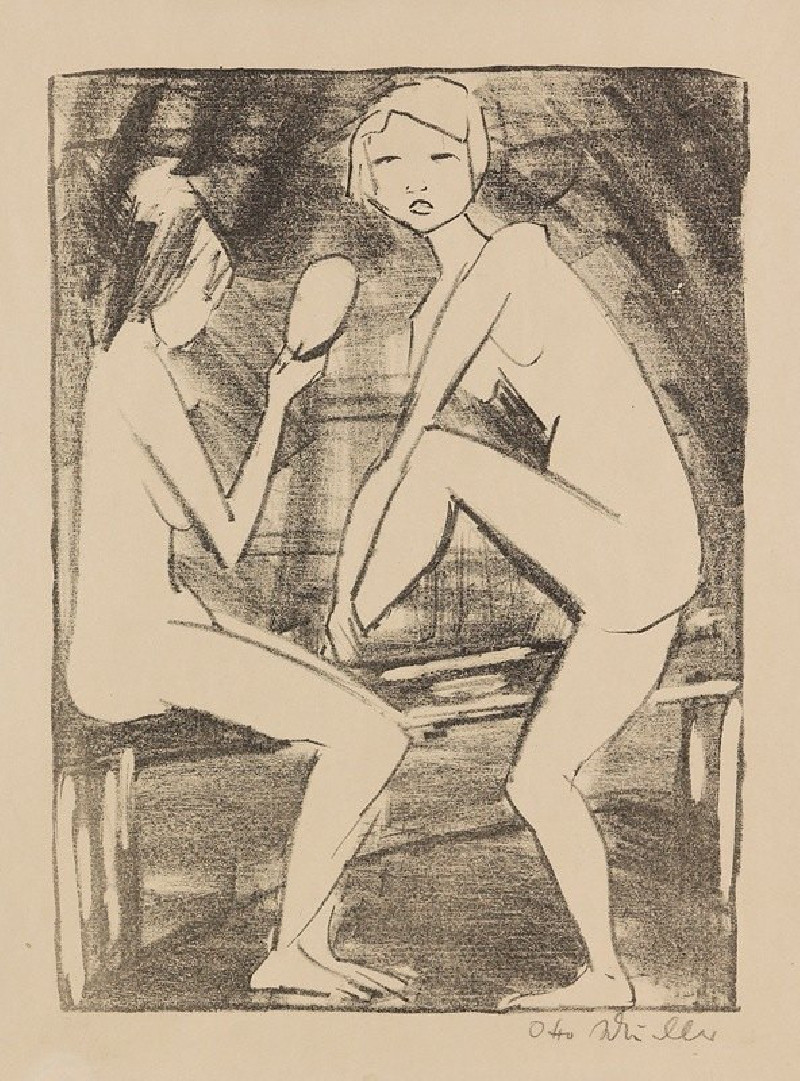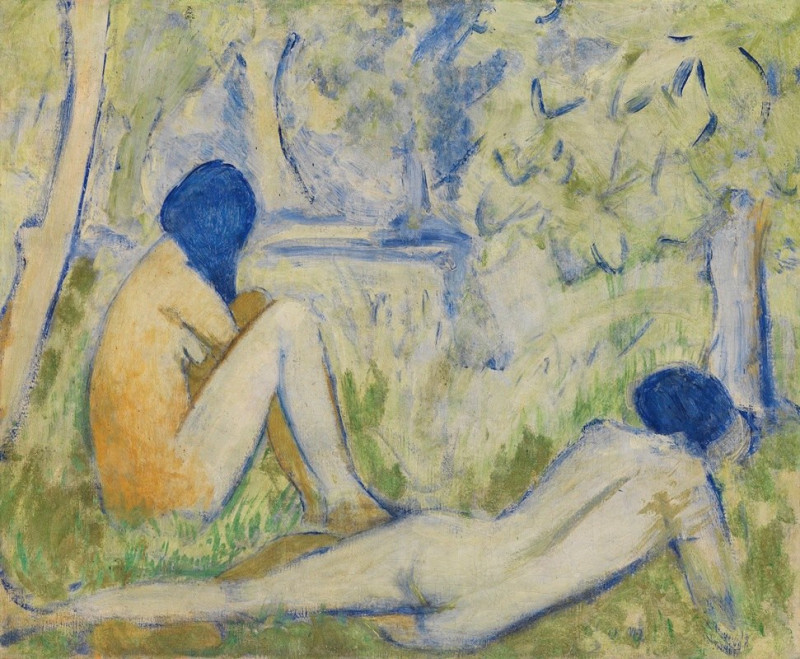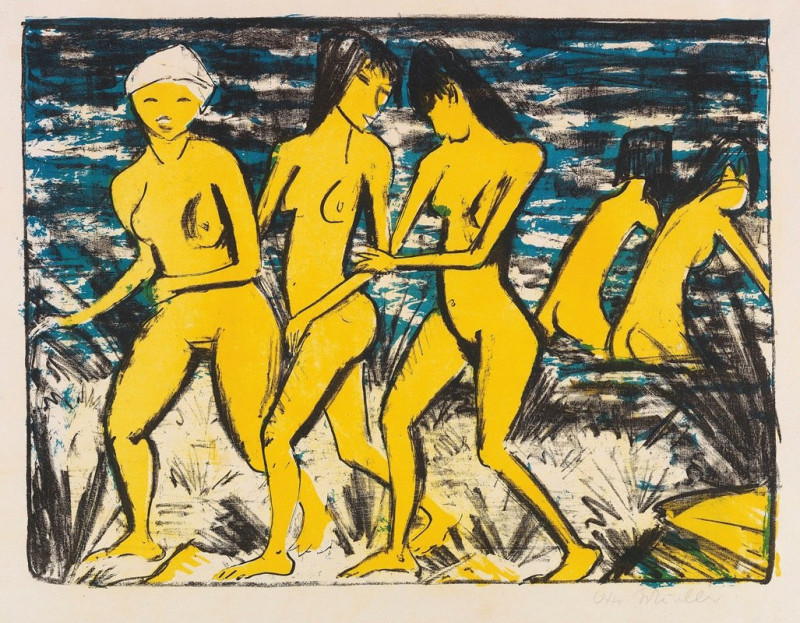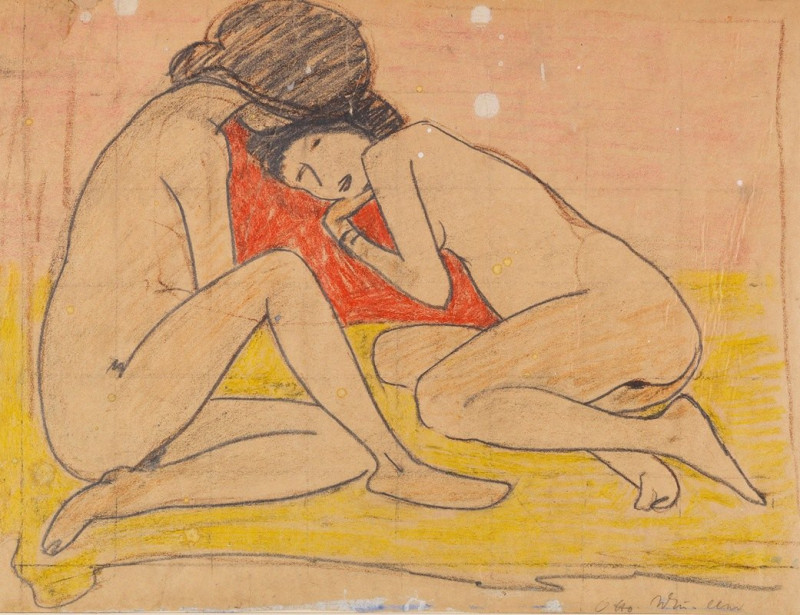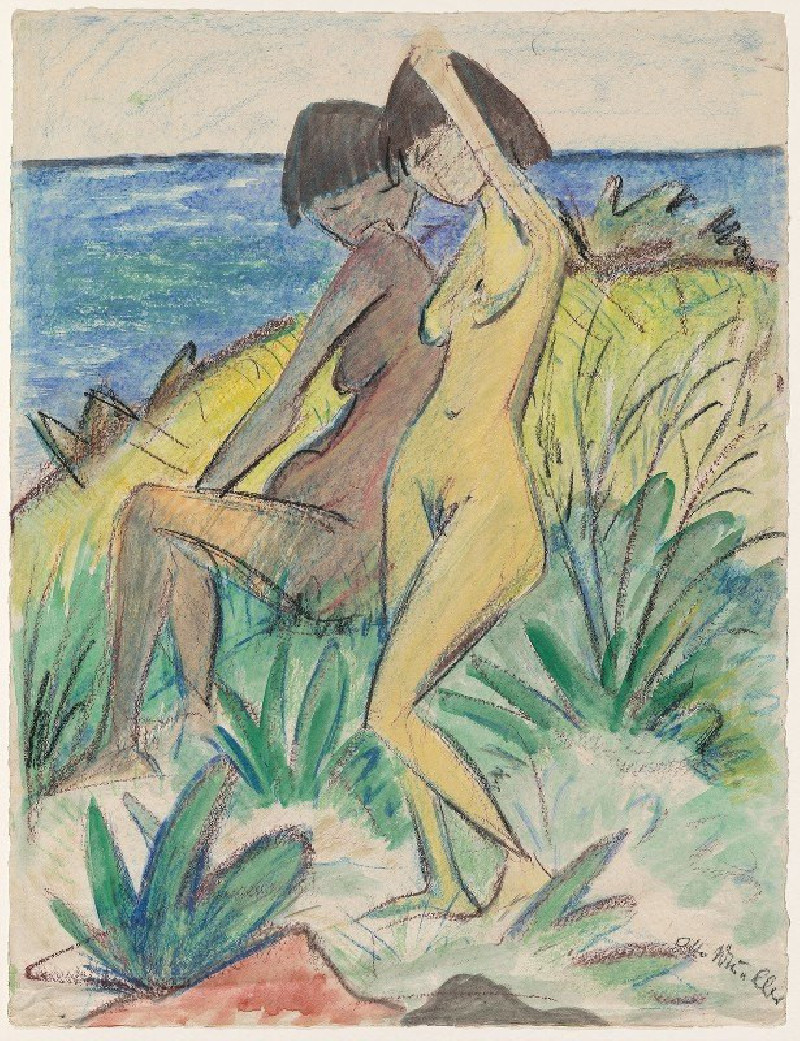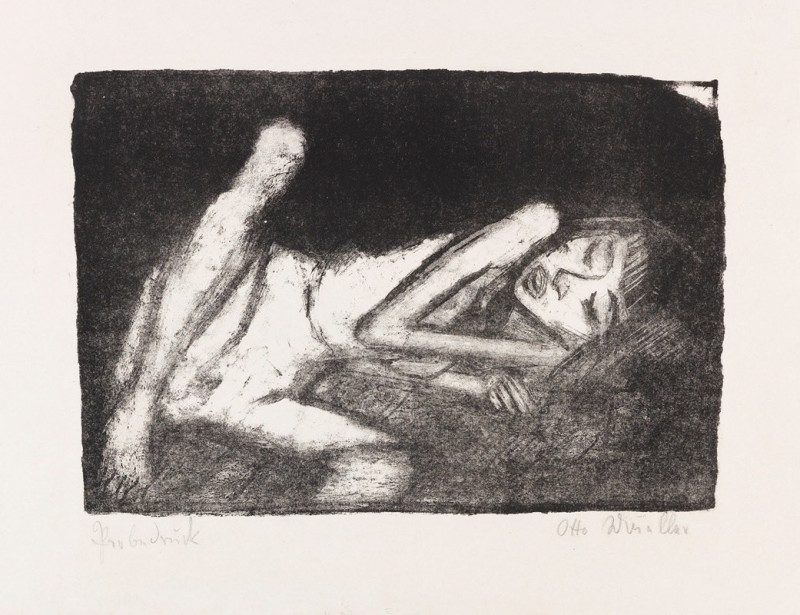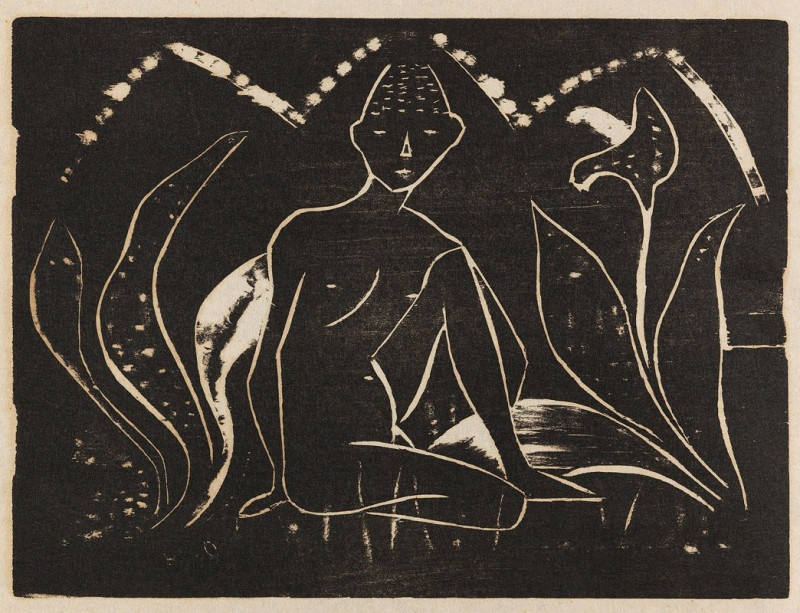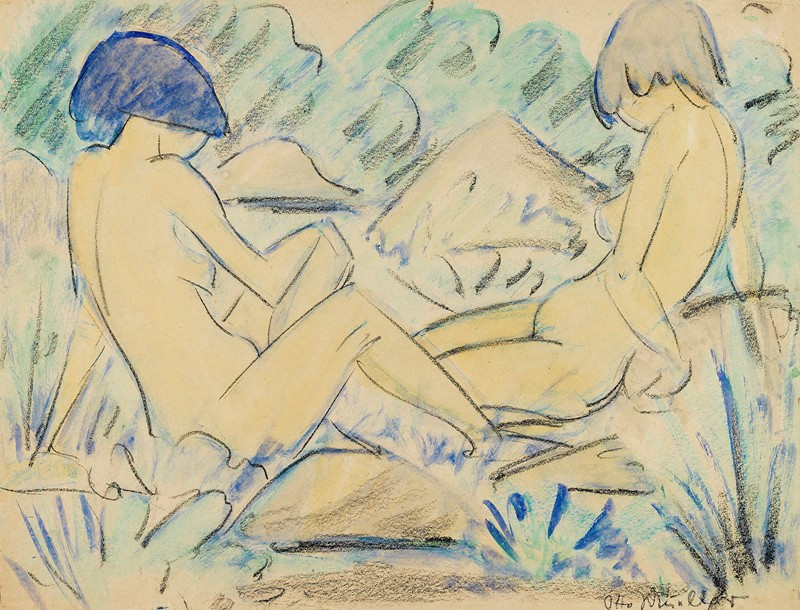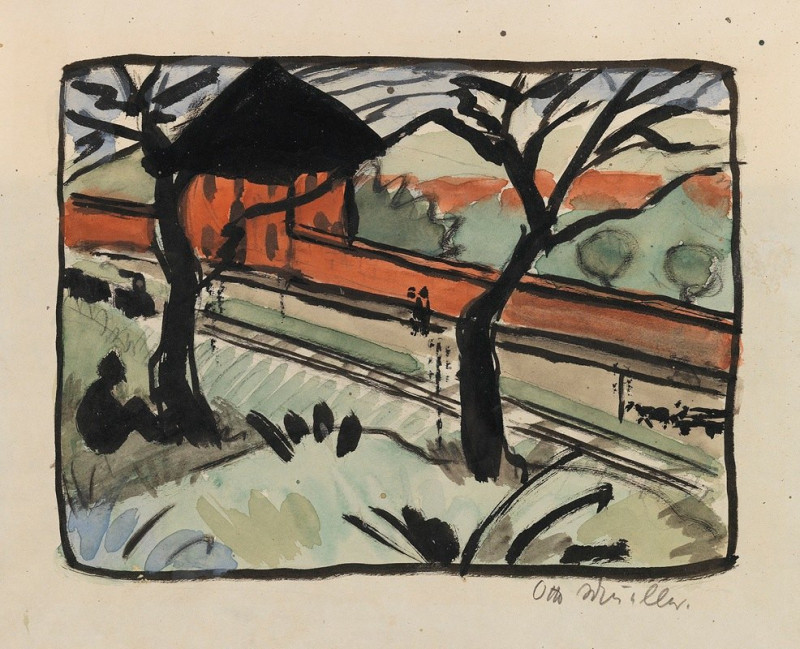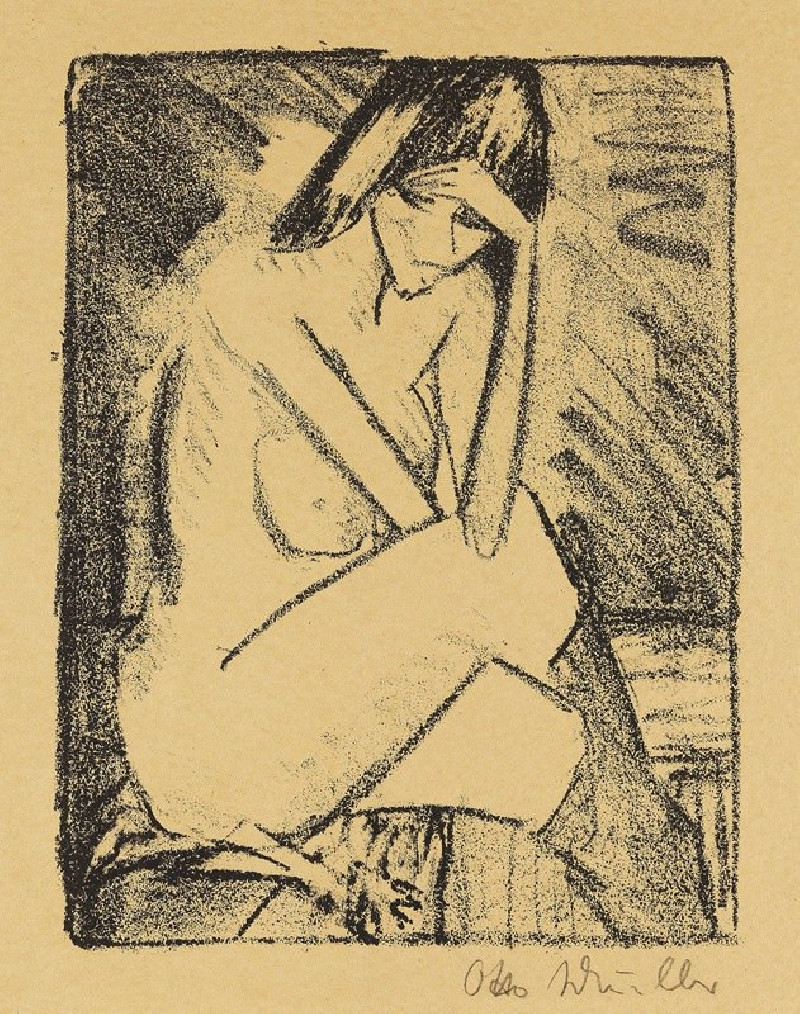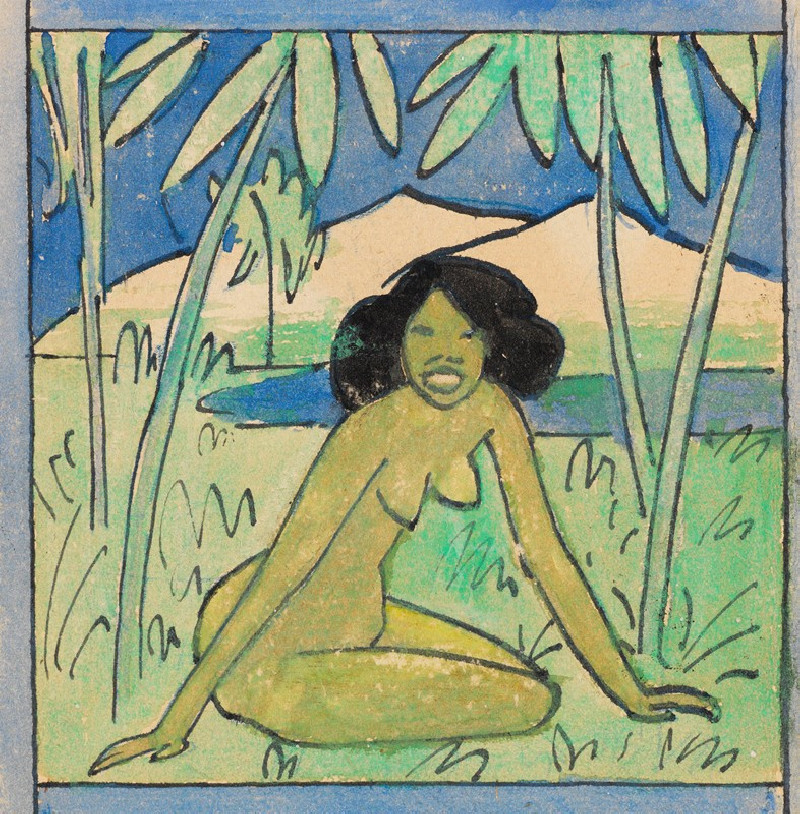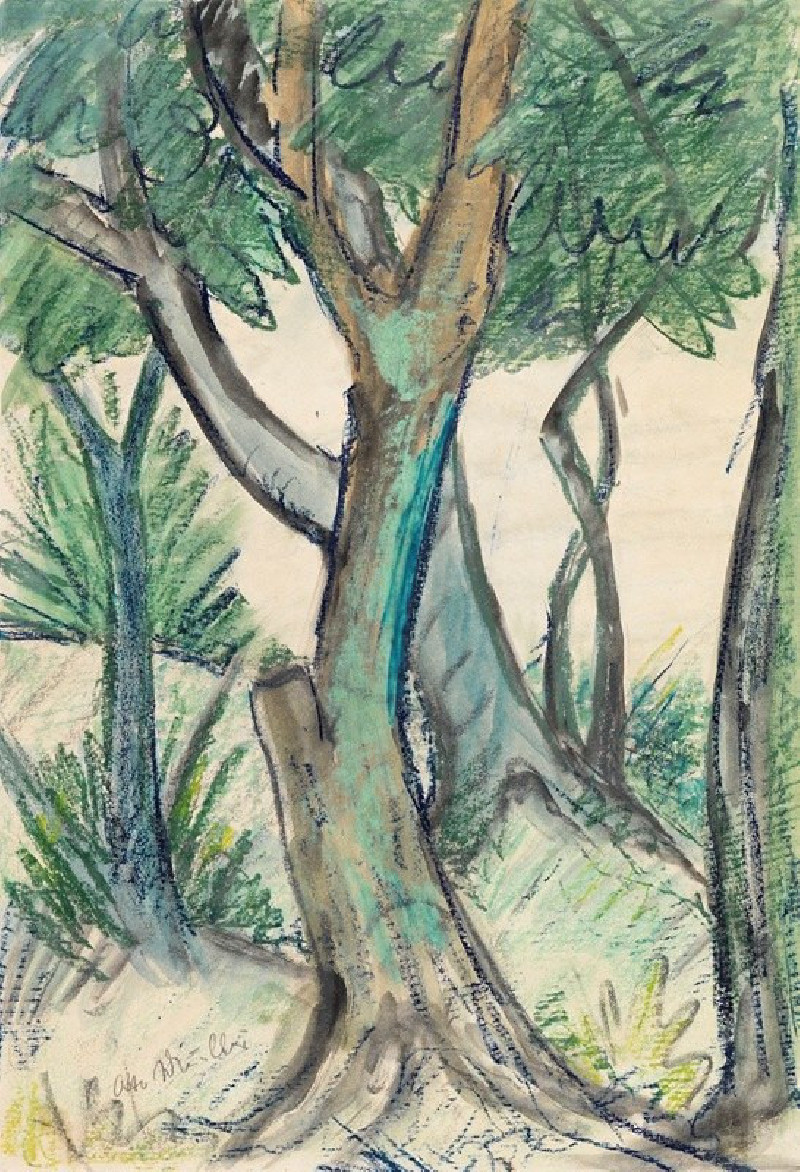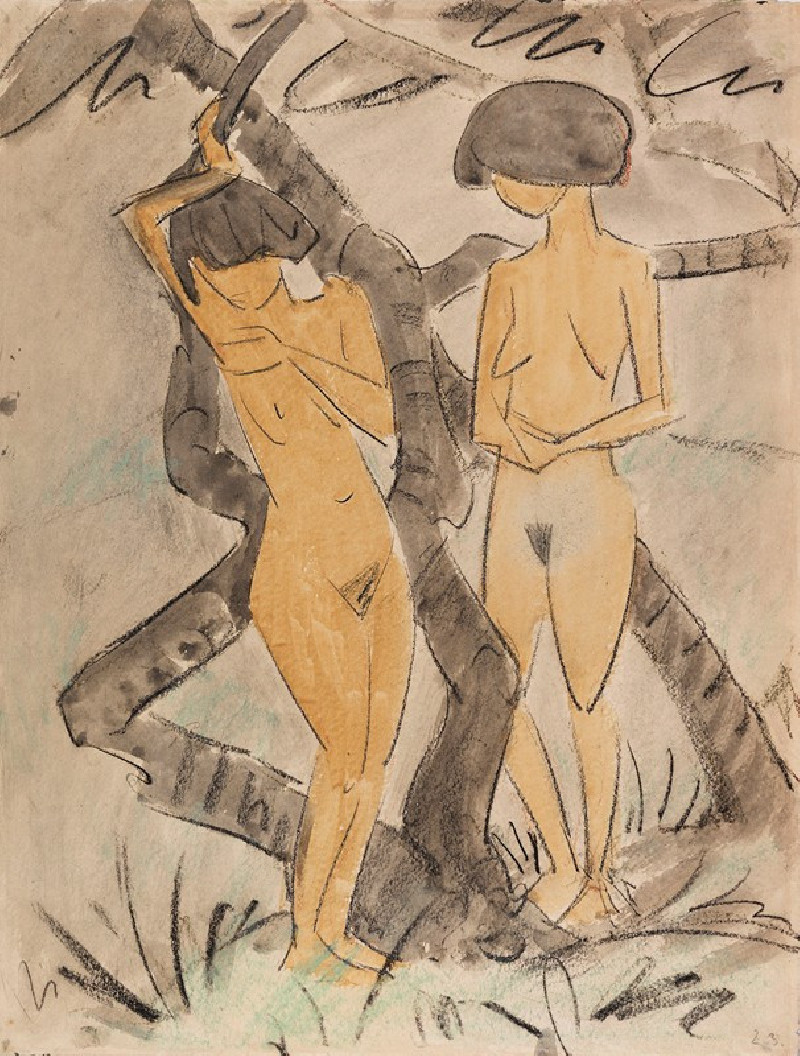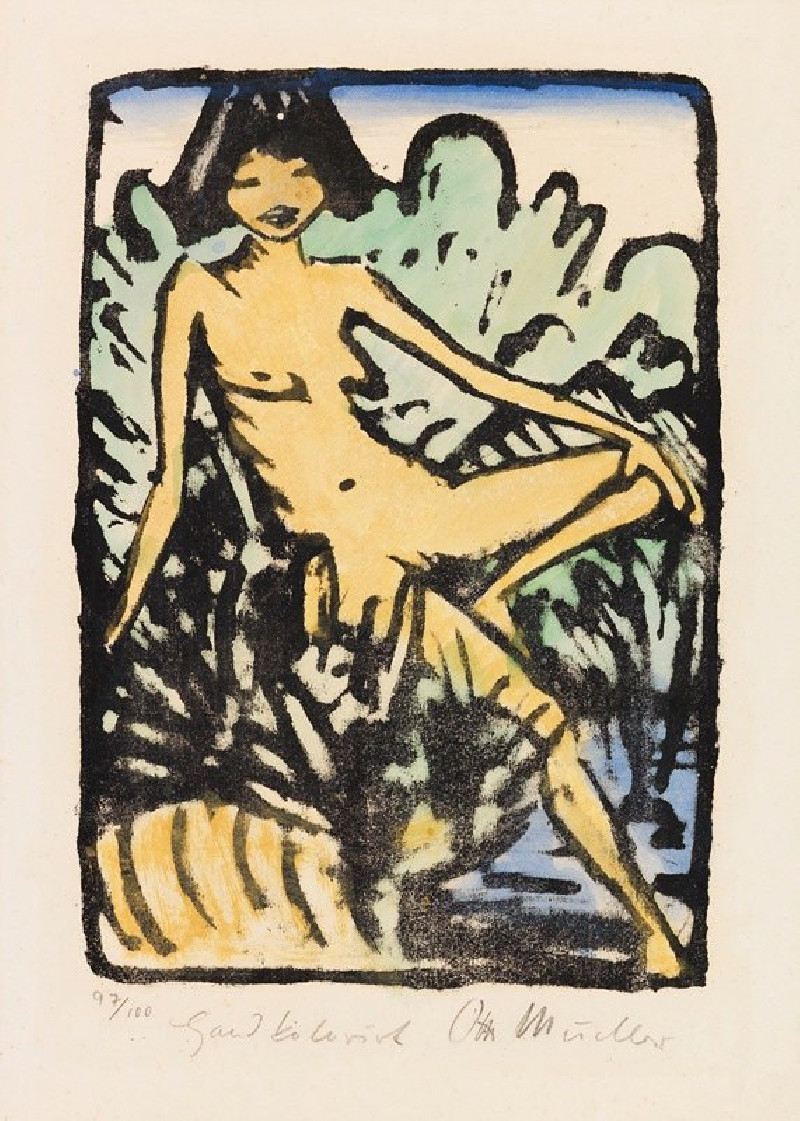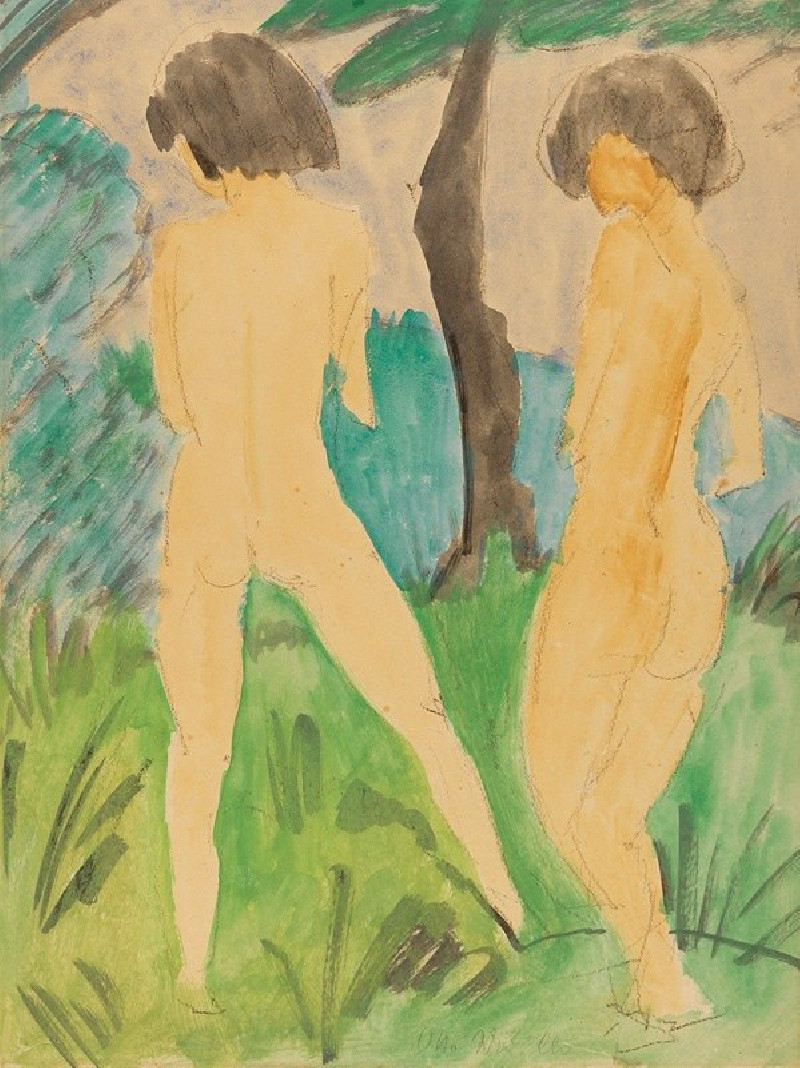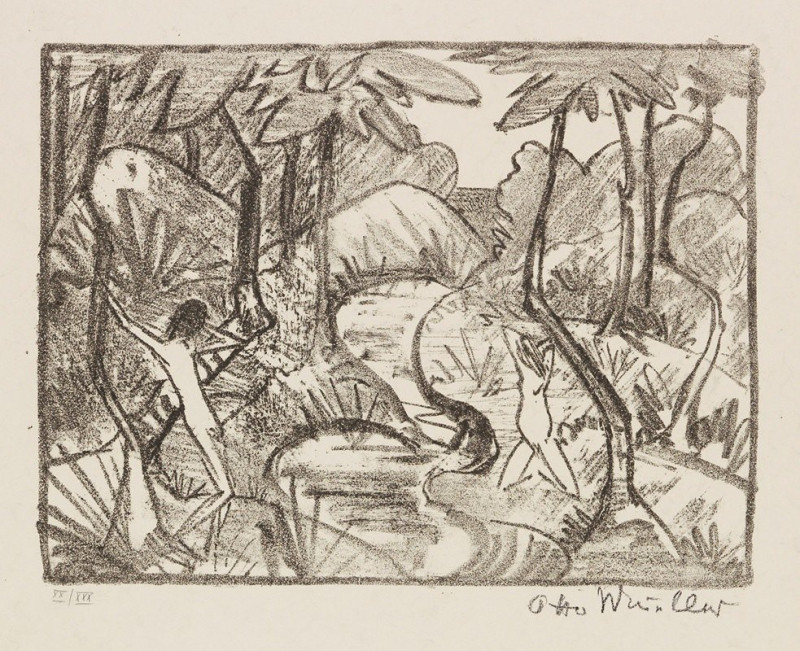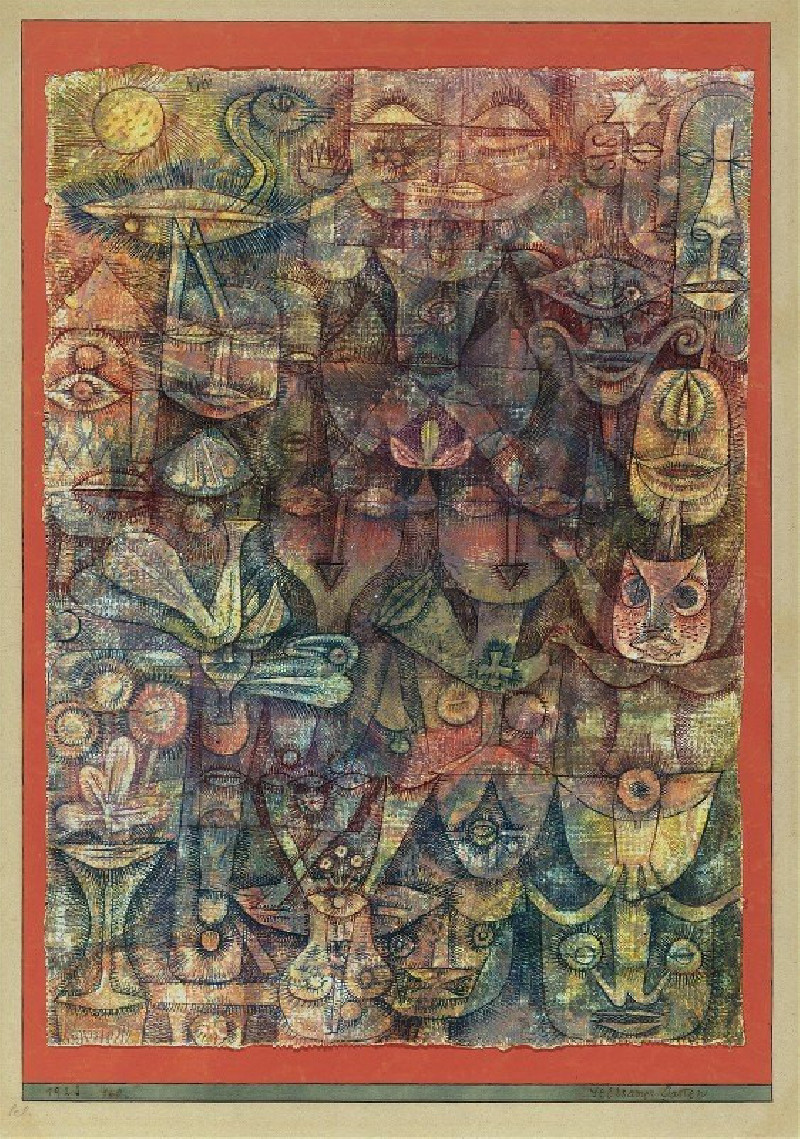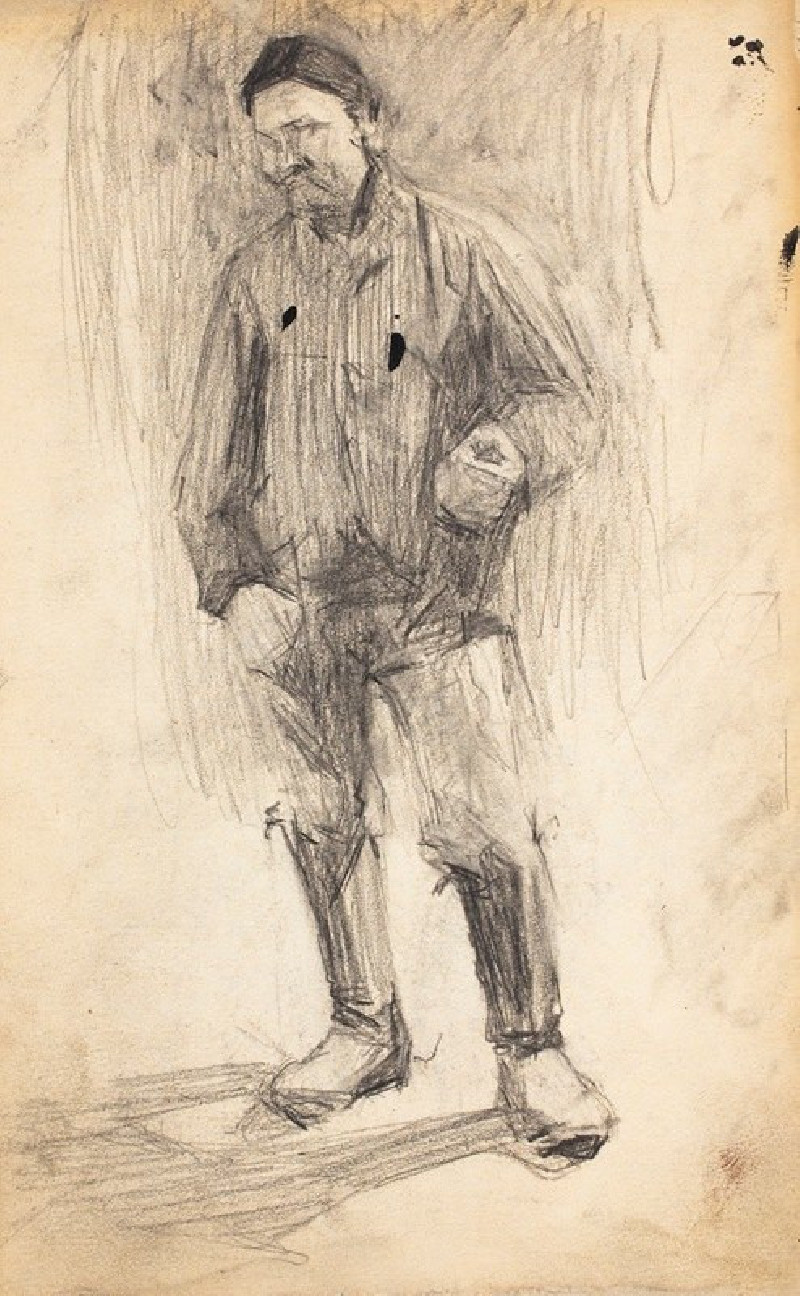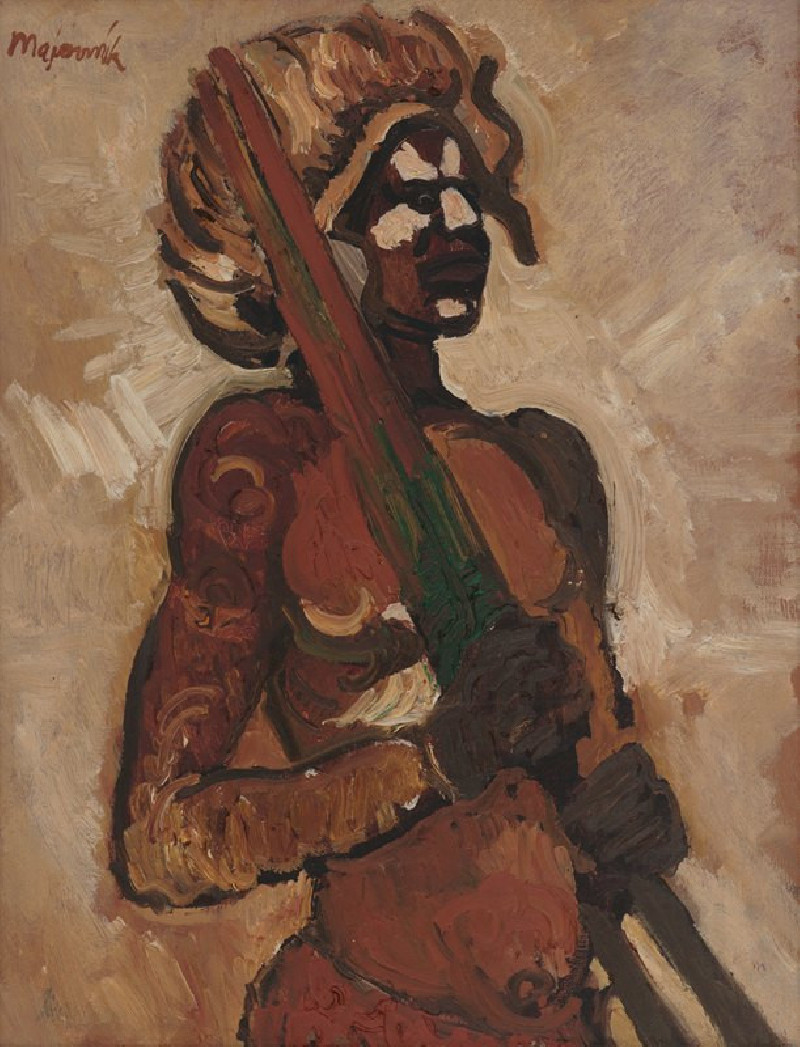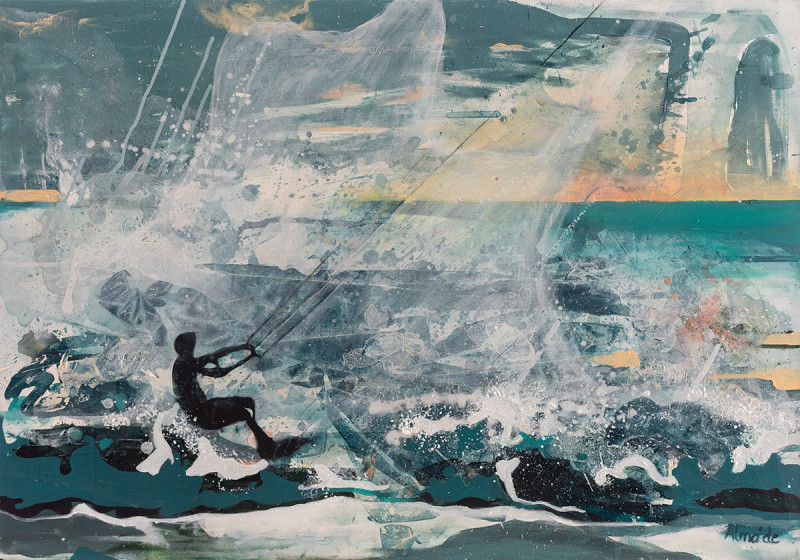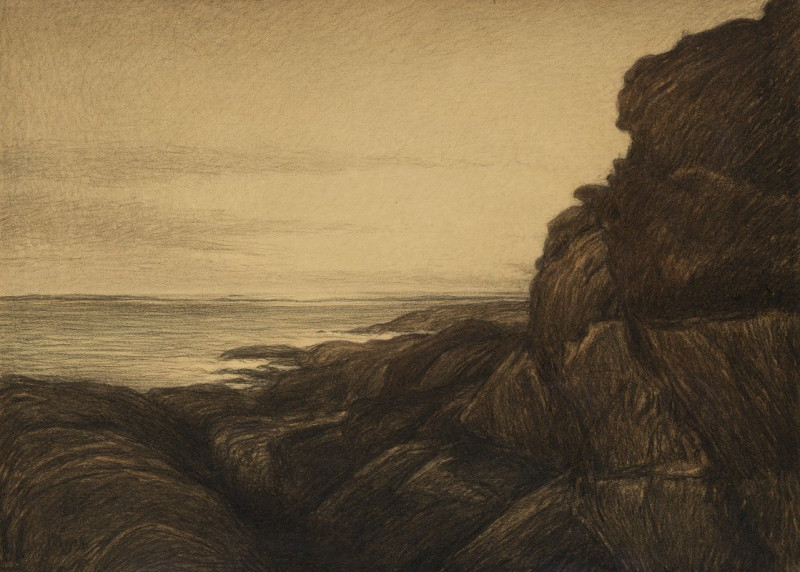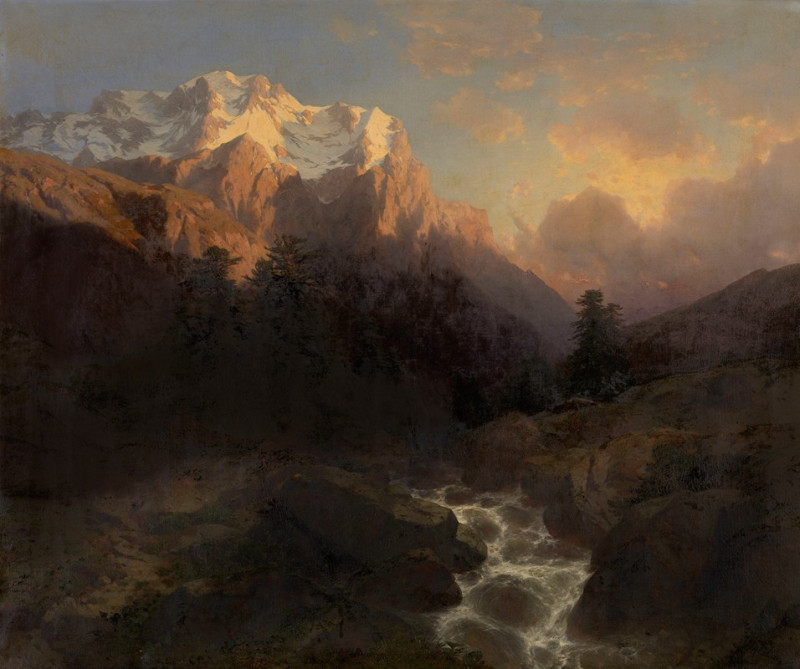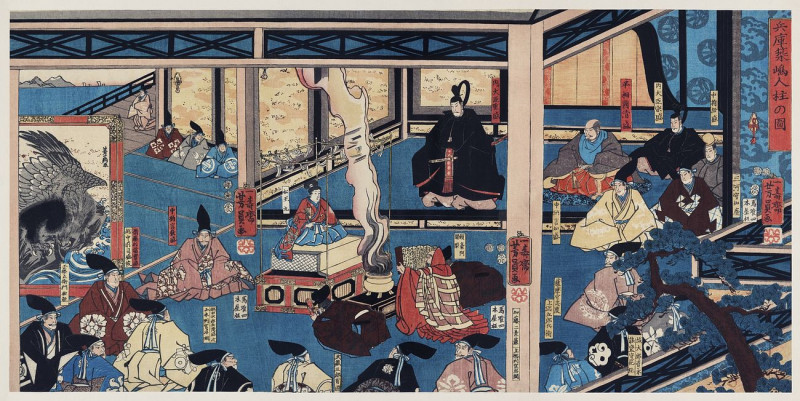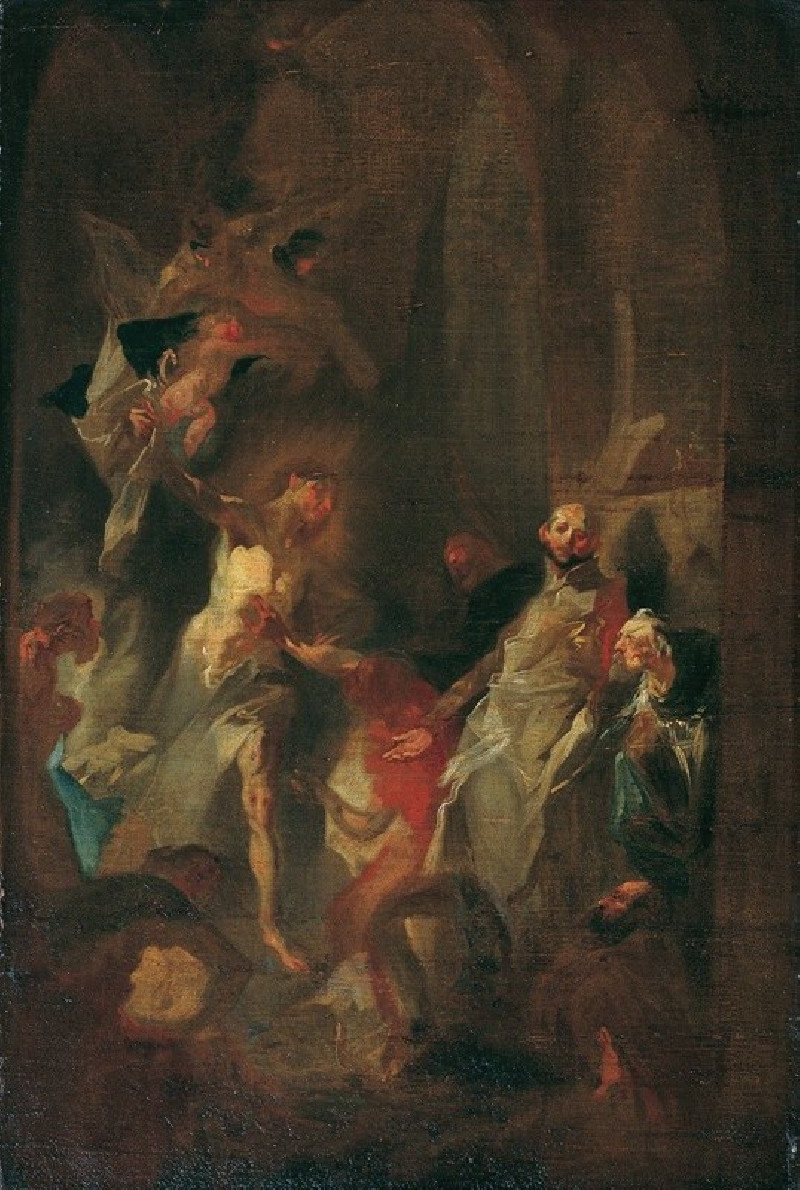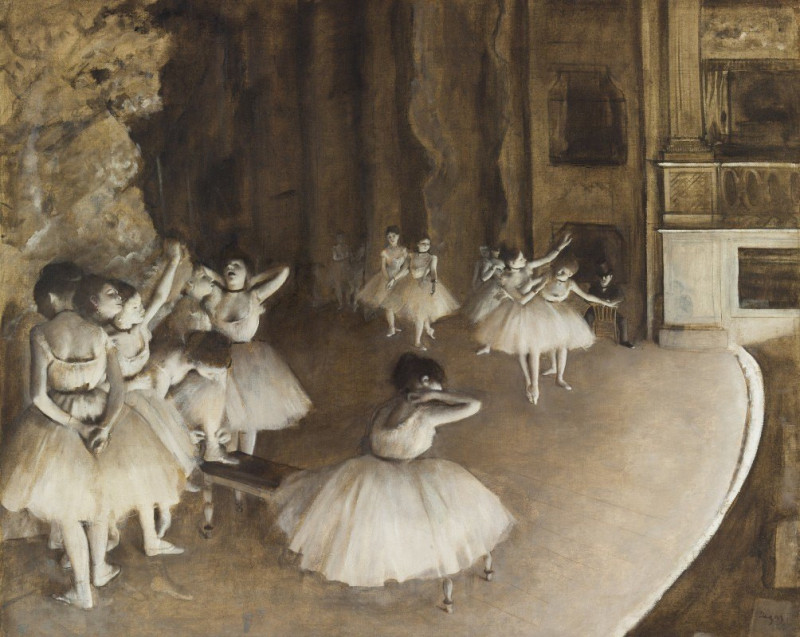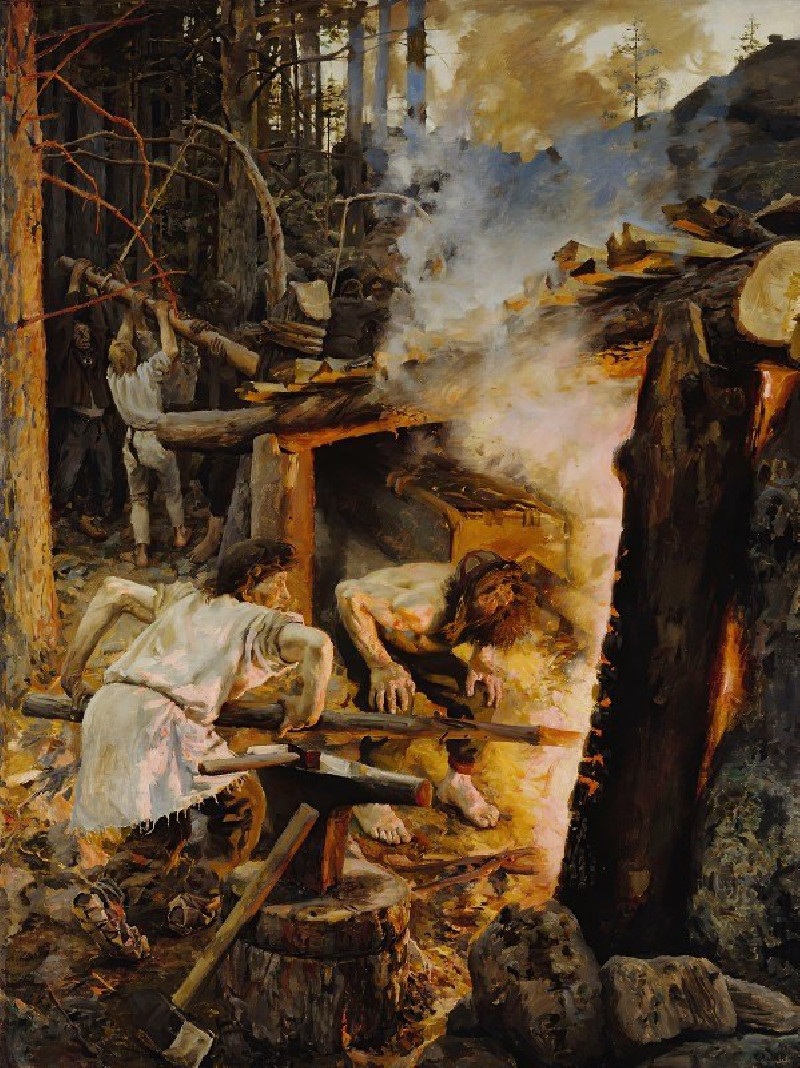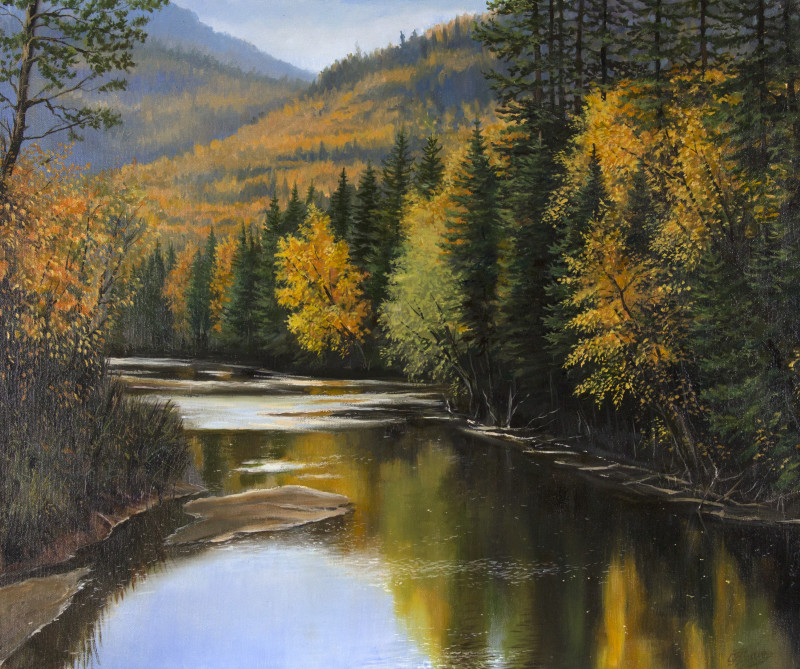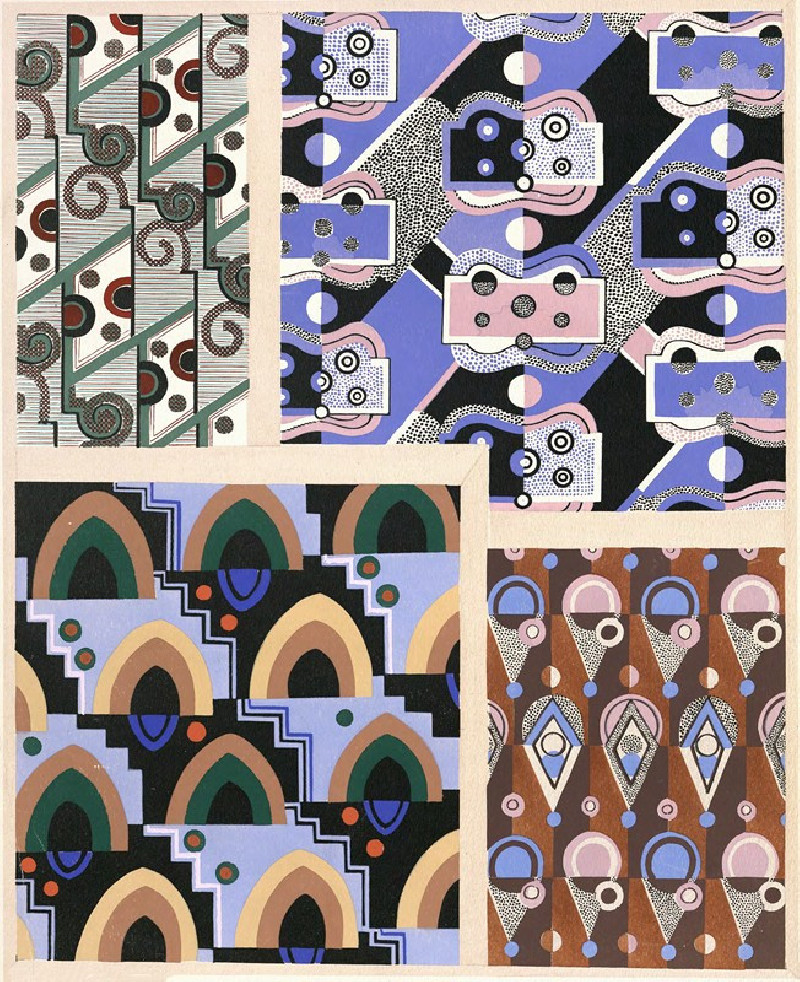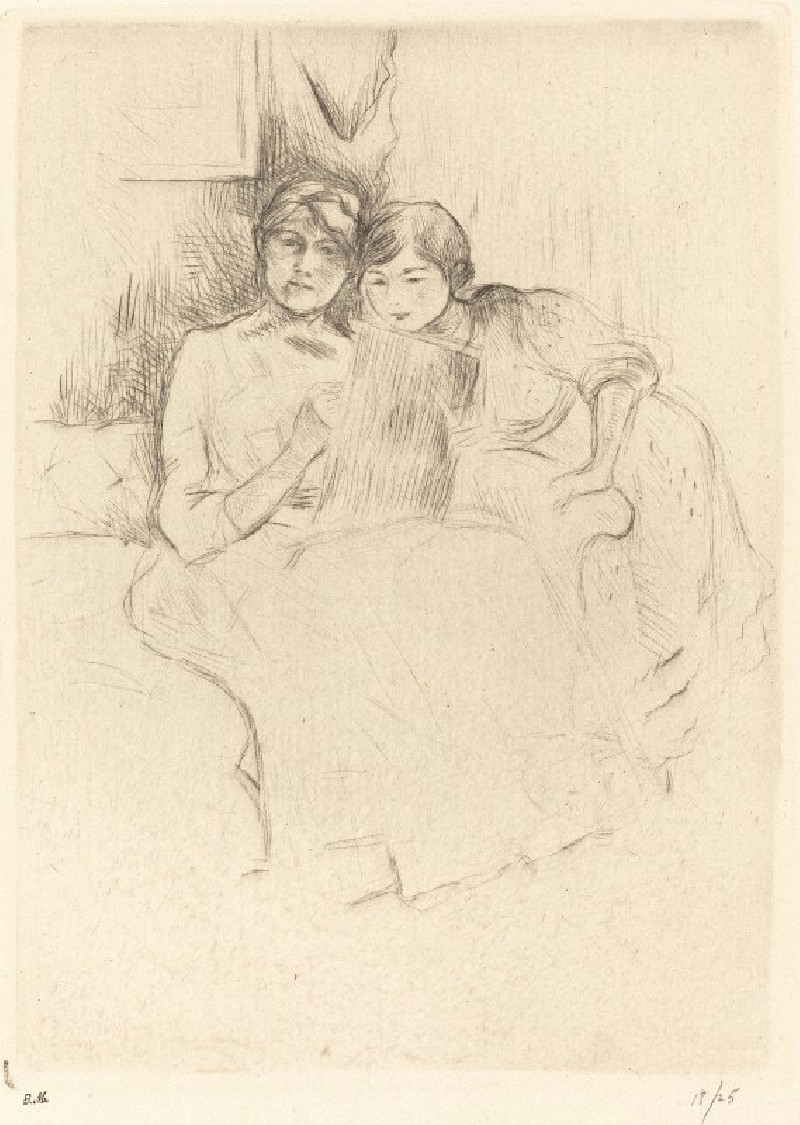Zwei Mädchen mit Handspiegel (1919)
Technique: Giclée quality print
Recommended by our customers
More about this artwork
Otto Mueller's "Zwei Mädchen mit Handspiegel" (Two Girls with a Hand Mirror), created in 1919, is a striking example of German Expressionism, a movement characterized by its vivid emotional expression and departure from precise realism. In this lithograph, Mueller portrays two nude figures in a candid and intimate moment, one seated and holding a hand mirror, the other standing and gazing directly at the viewer. The sharp, angular lines and stark contrasts enhance the emotional resonance of the scene, encapsulating a moment of both vulnerability and contemplation.The simplicity of the background and the rough, sketch-like quality of the lines focus the viewer's attention on the interaction between the figures, emphasizing themes of friendship, beauty, and self-reflection. Mueller’s work often explored the harmony between humans and nature, but in this piece, he delves into the interpersonal connection and the internal world of his subjects.
Delivery
Returns
Otto Müller was a German painter and printmaker of the Die Brücke expressionist movement.
Mueller was born in Liebau (now Lubawka, Kamienna Góra County), Kreis Landeshut, Silesia. Between 1890 and 1892 he was trained in lithography in Görlitz and Breslau. From 1894 to 1896 he studied at the Academy of Fine Arts in Dresden and continued his study in Munich during 1898. He left Munich's academy after Franz von Stuck classified him as untalented.

